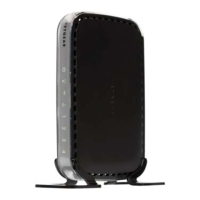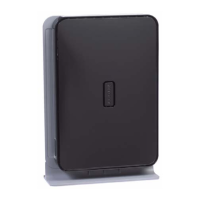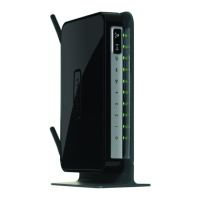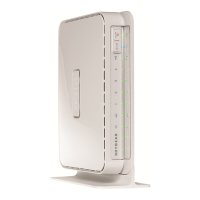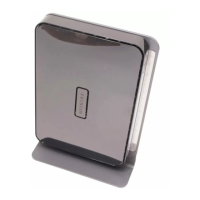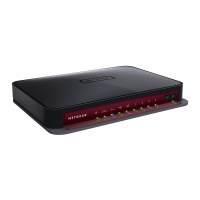Wireless-N 150 Router WNR1000v3 User Manual
Safeguarding Your Network 2-7
v1.0, February 2010
• Name (SSID). The SSID is also known as the wireless network name. Enter a value of up to
32 alphanumeric characters. When more than one wireless network is active, different wireless
network names provide a way to separate the traffic. For a wireless device to participate in a
particular wireless network, it must be configured with the SSID for that network. The
WNR1000v3 default SSID is NETGEAR. You can disable this broadcast as described in
“Viewing Advanced Wireless Settings” on page 2-11.
• Region. This field identifies the region where the WNR1000v3 router can be used. It might
not be legal to operate the wireless features of the wireless router in a region other than one of
those identified in this field.
• Channel. This field determines which operating frequency is used. It should not be necessary
to change the wireless channel unless you notice interference problems with another nearby
wireless network. The wireless router uses channel bonding technology to extend the
bandwidth for data transmission. For more information about the wireless channel
frequencies, see the online document that you can access from “Wireless Networking Basics”
in Appendix B.
• Mode. The default mode is Up to 150Mbps.
The Mode options are:
– Up to 54 Mbps - Legacy Mode with maximum speed of up to 54 Mbps for b/g networks.
– Up to 65 Mbps - Neighbor Friendly Mode - Will not interfere with neighboring wireless
networks.
Note: The region selection feature might not be available in all countries.
Note: The maximum wireless signal rate is derived from the IEEE Standard 802.11
specifications. Actual data throughput will vary. Network conditions and
environmental factors, including volume of network traffic, building materials
and construction, and network overhead, lower actual data throughput rate.
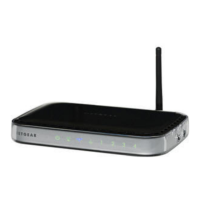
